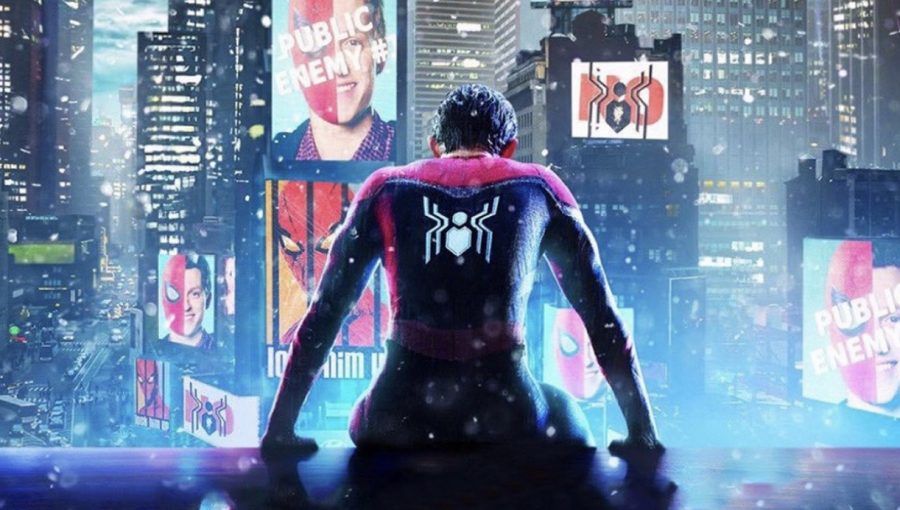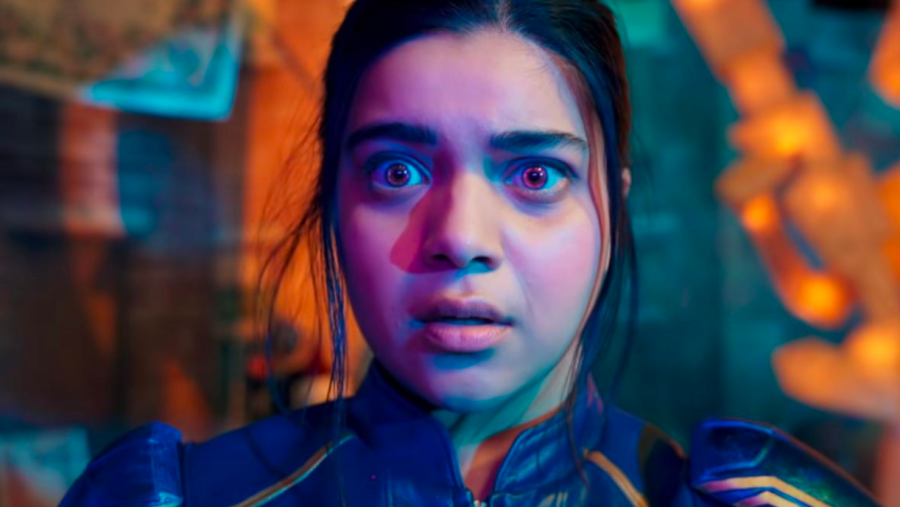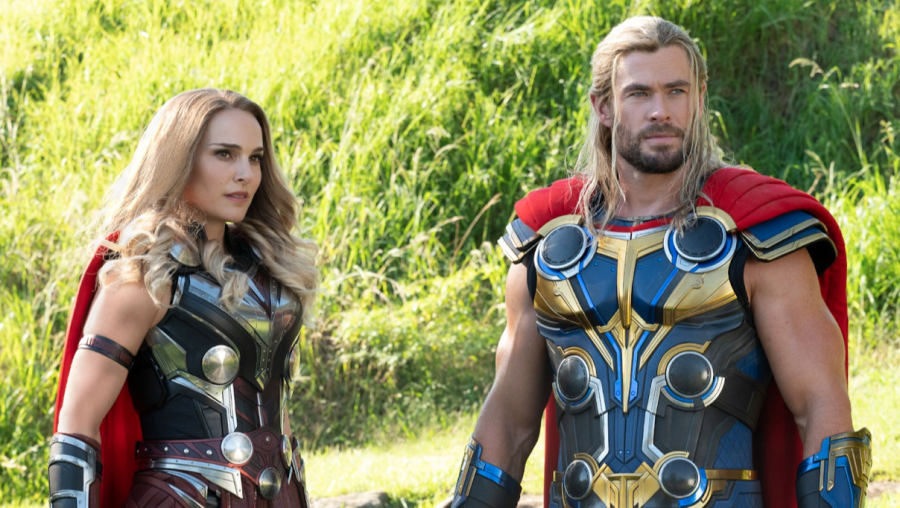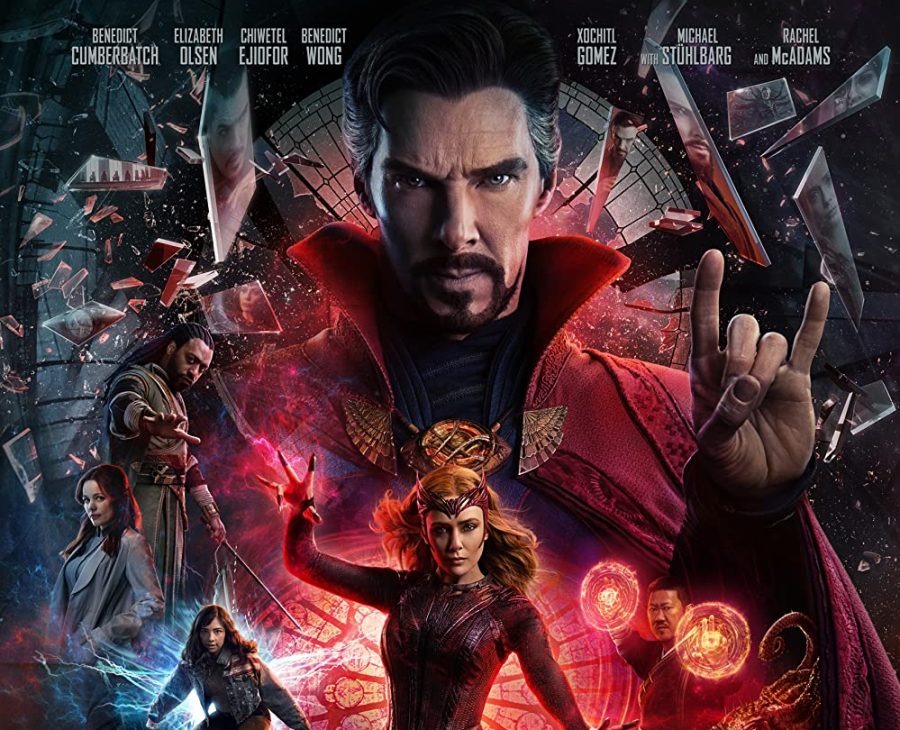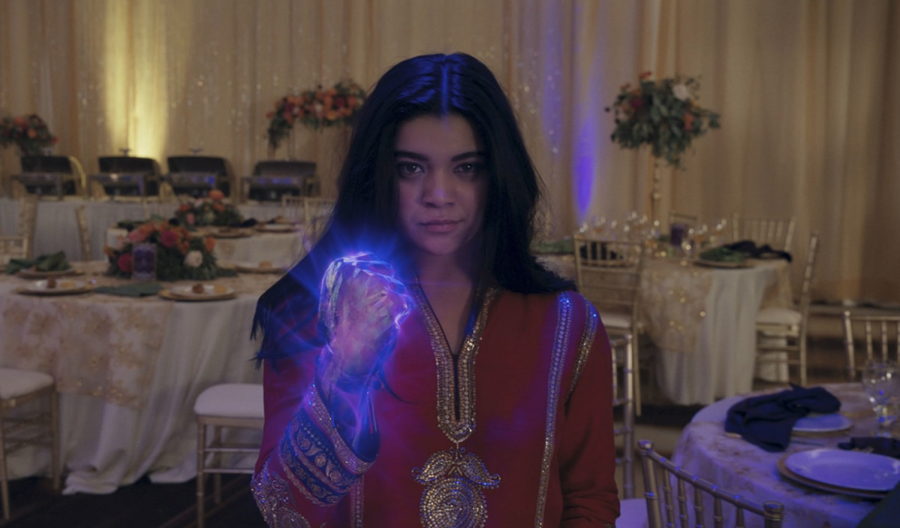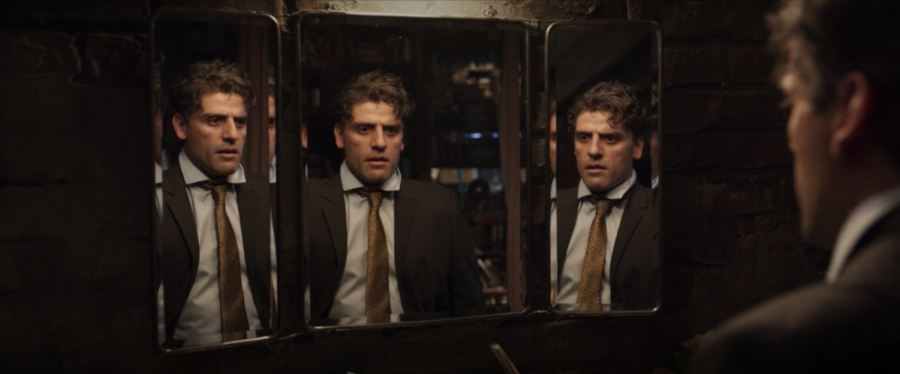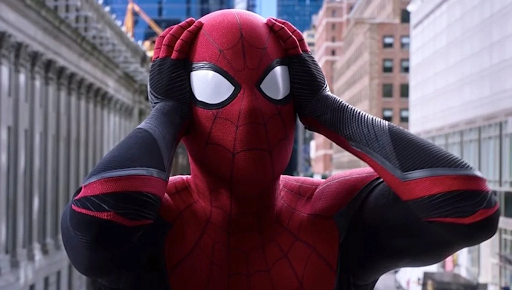I was worried going into “Spider-Man: No Way Home”—worried that the MCU would neglect the carefully crafted stories and arcs of the characters from previous franchises rumored to be making their return. But, as I probably should have expected, the film has fans all over the world gushing about the exciting implications for the futures of our favorite superheroes and their world(s). Marvel’s strategic union of three different universes and the associated trauma of each of its heroes gives us the spider-team dynamic we’ve always wanted.
Complete with action-packed scenes and iconic poses from everyone’s friendly neighborhood Spider-men, “No Way Home” is a brilliant and well-thought-out convergence of three film series with a new take on stories past: redemption. While the old Spider-Man movies briefly touched on the idea of redemption and forgiveness, both were the central theme of Tom Holland’s third solo stint as the webslinger. Before we continue, major spoilers are ahead. You have been warned.
Obligatory plot summary first. Peter Parker’s identity has been revealed by the now-late Mysterio from 2019’s “Far From Home,” and the ensuing madness completely consumes both Peter’s and his friends’ lives. Frustrated, Peter seeks out everyone’s favorite ex-surgeon, Dr. Stephen Strange, and pleads with the sorcerer to cast a spell that will make the entire world forget his secret identity. The spell goes berserk, pulling in characters from other universes who know Spider-Man’s true identity—and what do you know, they’re from the two previous Spider-Man film series. Everyone’s back: the Green Goblin, Doc Ock, Sandman, the Lizard and Electro from both Tobey Maguire’s trilogy and Andrew Garfield’s duology—and of course, Maguire’s and Garfield’s Peters as well, who work with Holland’s Peter to cure the villains and return them to their worlds. It’s a team-up for the ages.
One of Marvel’s biggest projects yet—beating out the domestic box office numbers of “Infinity War”—the film does a great job consolidating the three Spider-Man universes while still individuating the three Spider-men. Each of the three Peters’ stories even get some further development via new exposition and callbacks, such as Garfield’s Peter reflecting on the aftermath of his failure to save his true love, Gwen Stacy. There were a few discrepancies—such as Garfield being more flippant and less contemplative than in his original films—but “No Way Home” overcomes flaws like this to craft a great story about a multiverse that feels authentic.
The primary method to this madness are the differences between each Peter Parker. Both Maguire’s and Garfield’s Spider-men became the superheroes we now know and love because of the traumatizing death of their Uncle Bens and their associated guilt. Spider-Man as a character has always been defined by his ability to rebound after loss and guilt like this, and that’s quite common within the superhero world in general—think Steve Rogers or Tony Stark. Loss seems to be the name of the game for Marvel heroes, but it’s how they react to it that makes the difference between hero and villain, especially when both Maguire’s and Garfield’s films have villains shaped by loss right alongside a Peter Parker shaped by the same thing.
This is where both Maguire and Garfield get the classic line “with great power comes great responsibility”—something Holland’s Peter still hasn’t heard after two solo movies and three Avengers roles (we’re counting “Civil War”). Why not? Until now, he hasn’t exercised responsibility because he hasn’t had the power to do so—inner power, that is. He might have had a suit built from nanotechnology and the backing of a genius-billionaire-playboy-philanthropist, but he was still a kid in all the ways that counted. Not even the tragic death of his mentor Tony Stark (RIP the OG) forced Peter to walk the line between hero and villain, because he couldn’t channel his loss and anger towards any one concrete source.
The loss of Aunt May changes this. Compared to Maguire’s and Garfield’s, Holland’s Peter has experienced relatively little loss, and May’s death demonstrates that Peter could snap and just as easily become a villain as anyone else in his shoes. The only thing that ultimately holds him back, preventing him from proving his haters correct, is one of his multiversal counterparts who’s experienced in the loss department.
Holland’s Peter is finally following in those footsteps—he isn’t a kid anymore, he’s alone and he has to choose what to do about it. Likewise, he truly has no way to go home anymore—because, really, he has no home at all. With the loss of his family, friends and mentors, he’s finally learned the real meaning of suffering, and in the process, what it takes to be Spider-Man. As we head into his next trilogy, I’m excited to see how he’ll be defined by that loss and truly take up the Spider-mantle.
On another note, Marvel Studios’ Kevin Feige has also confirmed that the events of the film will be important to the upcoming Dr. Strange sequel, set to run with the multiverse thread and tie into “WandaVision.” While the now-concluded Infinity Saga was built upon the concept of the six infinity stones and their impact on the universe, the next major stage will be built upon this multiversal concept.
In accordance with the comics and widespread speculation on the internet, “Spider-Man: No Way Home” marks a major tipping point within the franchise. This was the first time we’ve seen the various Marvel universes coming together (with the exception of some “Loki” scenes that were not necessarily canon). Furthermore, as the Doctor Strange sequel’s trailer suggests, the spell that Peter unfortunately botched may have more far-reaching impacts than we thought. We’re all excited to see just how far he’ll go to right his wrongs.
Thank you Marvel once again for giving us a hit for the ages. As always, we love you 3000.

